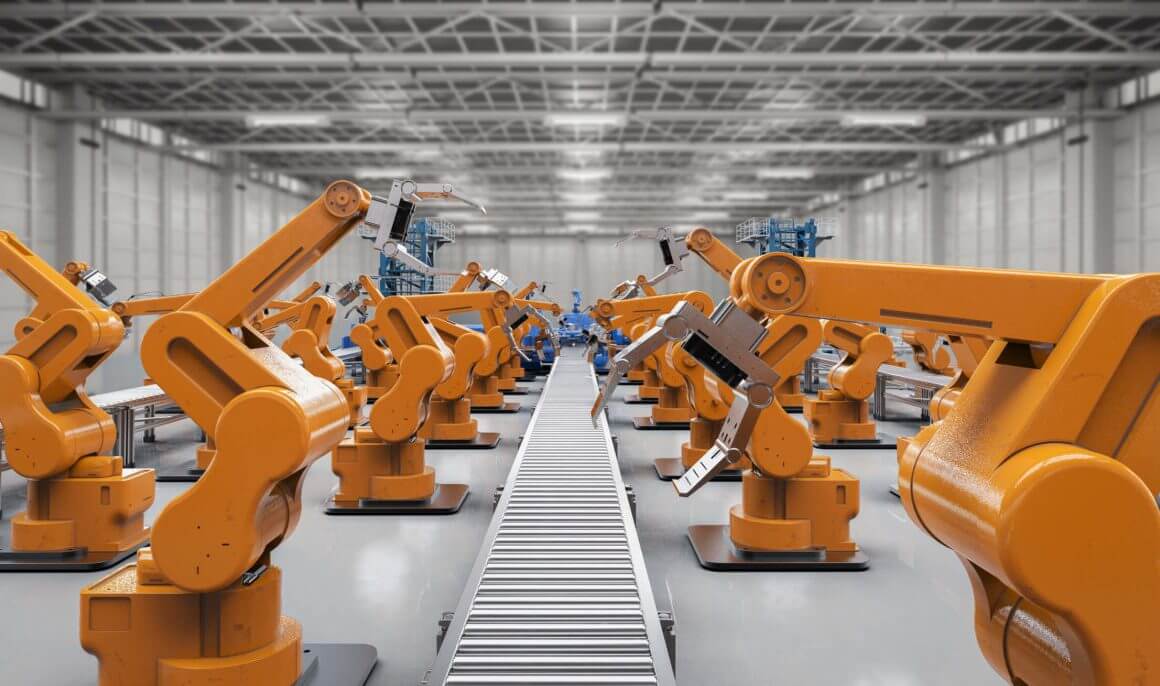Robotic Machining: The Best Guide for Beginners
In today’s industrial manufacturing field, robotic machining is gradually becoming one of the key production methods. This article will give you an in-depth introduction to all aspects of robotic machining, from pre-installation considerations to daily maintenance tips, as well as answers to frequently asked questions, to help you smoothly start and efficiently run robotic machining.
1.What to Consider Before Installing a Machining Robot
Before deciding to introduce robotic machining equipment, a careful and comprehensive evaluation is required.
First, conduct an in-depth analysis of the current processing flow to identify potential automation obstacles, focusing on possible bottlenecks, dangerous areas, and tasks that require flexible human operation. Depending on the actual situation, it may be necessary to adjust the workflow, equipment layout, or facility settings to better suit specific robotic processing needs.
When considering the layout of your facility, choose the right type of robot based on your needs, such as articulated, SCARA, and Delta robots, which are usually fixed to a certain point on the factory floor. If a Cartesian robot is required, be aware that it is generally fixed to a ceiling gantry.
When selecting a robot, it is important to consider factors such as payload capacity, working range, operating speed and processing accuracy. These parameters will directly affect the robot’s performance in mechanical operations.
Additionally, the material flow around the robot needs to be considered. For example, how will the blanks be delivered to the robot for processing? Will a conveyor or similar system be needed to move the parts? These decisions not only affect the initial investment, but also have a significant impact on the risk assessment of operating the robot around employees.
For robot programming, if you are a novice, you should choose a robot with a graphical interface to simplify the programming process and avoid the complexity of robots that require experts to code line by line.
To ensure the long-term stable operation of robotic processing equipment, daily maintenance is essential, including lubricating joints, tightening bolts, and checking for signs of wear or damage.
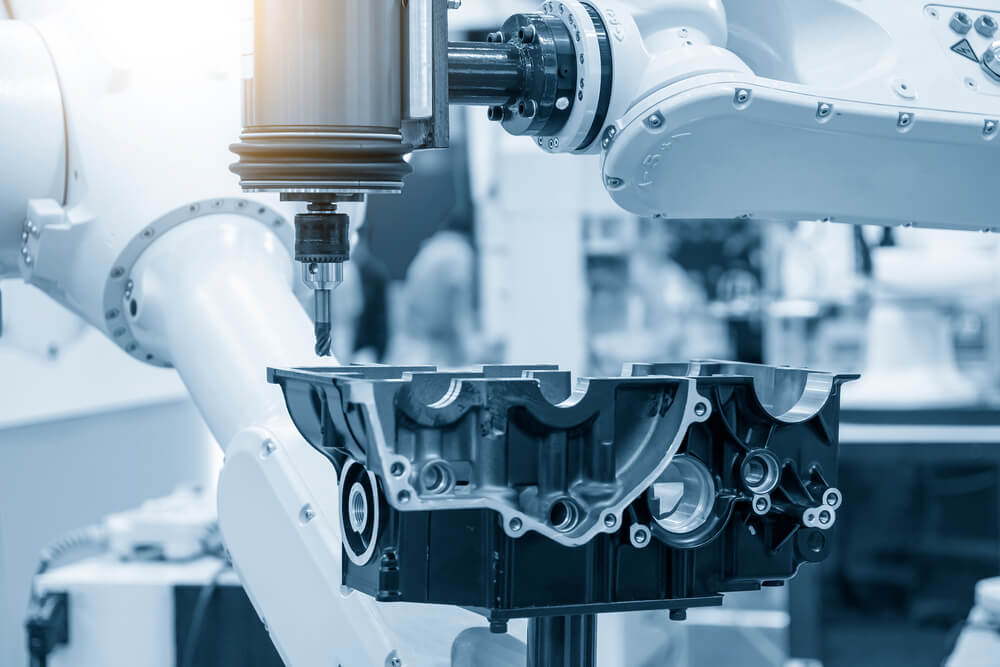
2.Perform a risk assessment of the work area for robotic machining
Before introducing new robotic machining equipment, a comprehensive risk assessment of the work area must be carried out. This will help identify potential hazards and take appropriate protective measures.
First, assess the space where the robot will be operating. Make sure there are no hazards such as uneven floor tiles or low-friction materials that could cause the robot to be unstable. Check that the robot has a solid, level base to prevent tipping or overturning.
It’s also important to consider the specific tasks the robot will perform. Will it handle sharp tools or heavy objects that could fall? If so, install guarding, such as fences and drop zones, to contain loose items. Consider the robot’s maximum reach and any pinch points that could catch body parts or clothing during movement, so that barriers are placed throughout the range of motion.
It may be necessary to install an emergency stop button so that the robot can be quickly shut down if necessary. Create separate spaces for human workers and robots, and only allow entry when the robot is fully shut down.
If the robot will be working around humans, consider choosing a collaborative robot with built-in safety sensors and collision detection. Train workers on the correct procedures to safely load, unload, and clean the robot.
Once the robot arrives, test the risk assessment with a few trial runs. See if any other hazards arise or if any guarding needs to be improved, and continue to review the risk assessment regularly to ensure the highest safety standards.
3.Programming Robotic Machining Assistants: Common Pitfalls and Tips
Programming is a complex but critical aspect of robotic machining. It is helpful to be aware of some common pitfalls and tricks, especially when using a robot that does not have code programming capabilities.
1) Start Simple
Don’t try to program complex mechanical operations from the beginning. Start with basic pick-and-place tasks to get familiar with the robot’s programming interface. Then build up to more complex programs step by step. This will help minimize frustration and errors.
2) Use Simulation Software
Simulation software allows you to virtually program and test your robot before deploying it to the shop floor. This helps identify programming issues and potential collisions early, without wasting time and materials or damaging the robot.
3) Plan for Safeguards
Always build safety precautions into your programs, such as emergency stops, speed reductions, limited work ranges, and collision avoidance. Unexpected collisions can cause expensive damage and costly downtime, or even injure your team members. It’s much easier to build safety measures into your programs from the beginning than to retrofit them afterward.
4) Get Input from Operators
Talk to your machine operators to understand the best way to integrate your robot into your existing processes. They know the ins and outs of your shop processes and can offer valuable advice on how to maximize productivity and safety. Be open to suggestions for improving your procedures.
5) Back up your programs regularly
Back up your robot programs regularly to prevent data loss or corruption. Nothing is more frustrating than having to reprogram your robot from scratch due to a system failure. Back up your programs to separate storage devices as well as cloud services for redundancy. Make sure you understand your “disaster recovery” processes to avoid downtime.
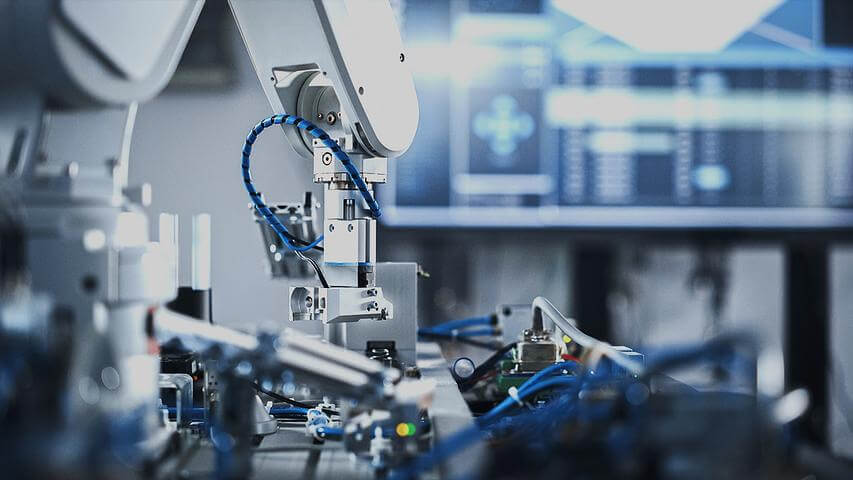
4.Introduce your workers to robotic machining
Combining manual and robotic machining requires careful planning and coordination. As a manager, determine how to make the best use of the human and robotic workforce without compromising productivity and job satisfaction.
Cross-train employees in robot operation and programming so they better understand the capabilities and limitations of robots so they can solve various problems. Often, one employee can oversee multiple robots, increasing production efficiency.
Initially, let the robot handle repetitive, monotonous tasks such as loading and unloading, allowing employees to perform more skilled work. As employees become more proficient in using robots, you can gradually increase the robot’s
responsibilities. Introduce employees to the advantages and disadvantages of robots to help them understand the robot’s place in the company.
Promote collaboration and encourage employees to work with robots instead of against them. Explain how robotic machining benefits the entire company by improving efficiency and quality. At the same time, ask employees to provide feedback on optimizing robot programs and work cell layouts to strengthen their buy-in for the use of robots.
5.Best Maintenance Tips for robotic machining
To keep your robotic machining equipment in top condition, your maintenance routine needs to be adjusted. Here are some suggested items to add to your maintenance checklist.
Perform a routine inspection of the robot at least once per shift to check for any signs of damage or wear. Check for loose wires, leaks, or loose parts. Given the high forces involved when moving a robot, small problems can quickly turn into major damage.
Lubricate moving parts such as joints and bearings. Follow the recommended lubrication schedule provided in the robot manual. Note that the end effector attached to the robot will have its own lubrication schedule. Proper lubrication prevents overheating, reduces friction, and extends the life of components.
Tighten loose parts, as vibration and repetitive motion can cause bolts, screws, and other fasteners to loosen over time. This helps ensure continued safe operation and precision.
Clean your robot regularly, as dust, debris, and dirt buildup on the robot can affect cycle time and lifespan. Pay special attention to joints, seams, and crevices where material can accumulate. For stubborn stains, check with the robot manufacturer for appropriate cleaning materials.
If your robot appears to have lost precision or accuracy, calibrate it when necessary. Recalibration involves adjusting sensors and controls on the robot or end-of-arm tooling to restore proper function. This should be a regular maintenance task to avoid potential safety issues or further degradation of the programmer on your team.
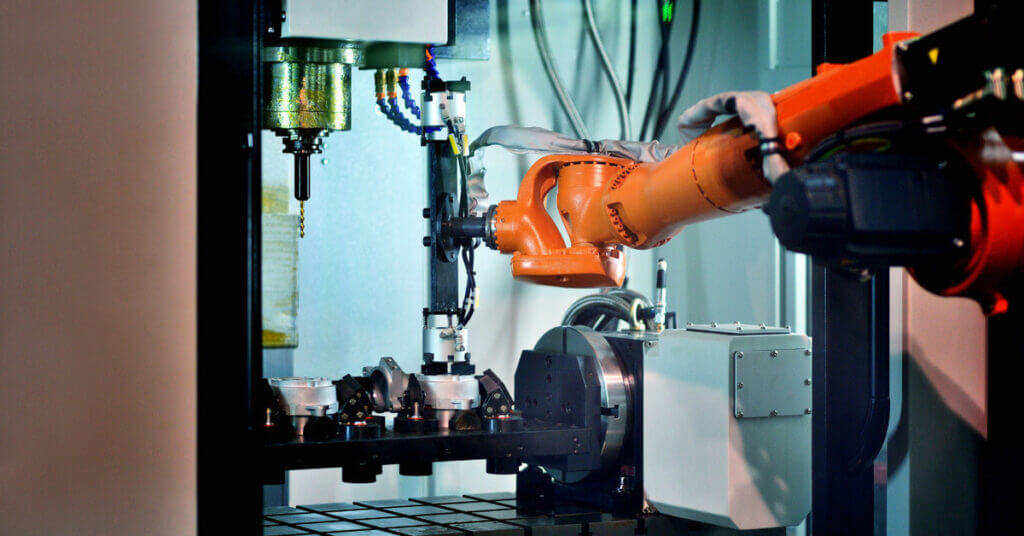
6.Robotic Machining FAQs
Robotic machining can seem complex, but many of the most common questions have simple answers. Here are some FAQs to help you navigate the process.
1) How much space does a robot need?
A robot’s “footprint” refers to the floor space it requires to operate, which is typically 4 to 16 square feet. You’ll also need additional space for loading and unloading parts and for maintenance.
2) How difficult is robot programming
Modern robots are designed to be easy to program for basic tasks. You can start programming with simple no-code programming software and basic training. For more complex jobs, you may need an experienced robot programmer. Some robots use an intuitive teaching pendant with step-by-step programming instructions.
3) How safe is the robot
If installed and programmed correctly, industrial robots have an excellent safety record. However, there are risks associated with contact with moving parts. Risk assessments help identify hazards and determine appropriate safety mechanisms such as protective barriers, emergency stops, and operator training. Proper safety procedures must always be followed. Collaborative robots are generally the safest choice when working around humans.
4) What maintenance do robots require
Robots require regular inspection, lubrication, and replacement of parts. Motors, joints, and end effectors generally require the most maintenance. It is also important to clean up debris and dust every day. Following the manufacturer’s recommended schedule will minimize downtime and keep your robot in good working order.
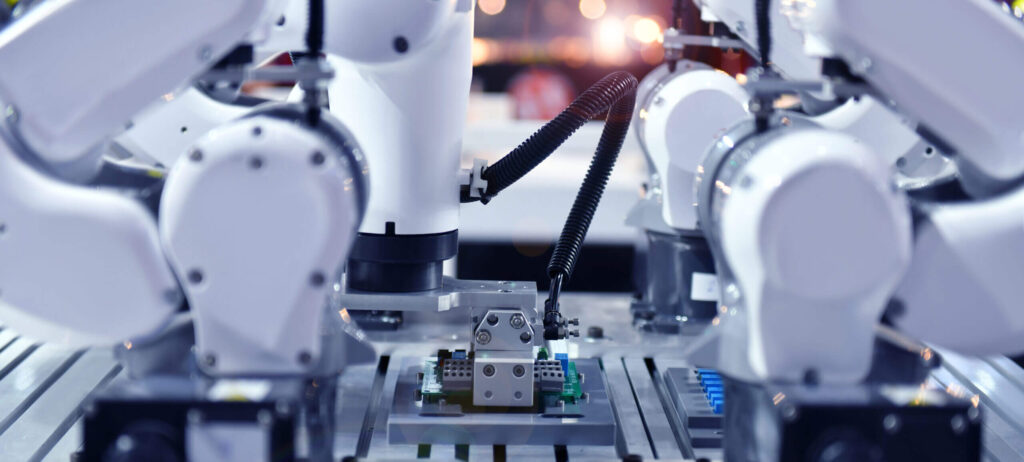
7.Summary
Now you know all the aspects you need to get started with robotic machining. From selecting the right robot, to evaluating its fit with your current setup, ensuring safety, programming, keeping it running well, and facilitating employee-robot collaboration. Whether you need a robot to load and unload parts, move materials, or inspect and sort, there are various types of robotic arms that can complete the task efficiently and cost-effectively. The key is to determine the tasks that need to be automated, which machines the robot interacts with, and the speed, payload, and precision required.
